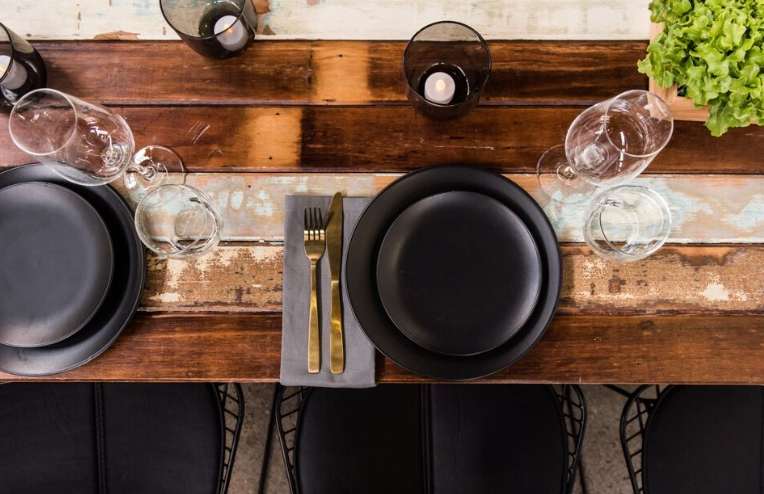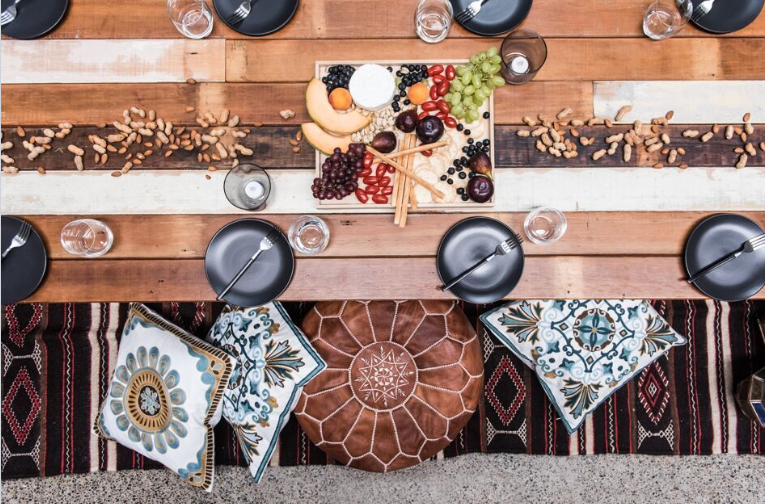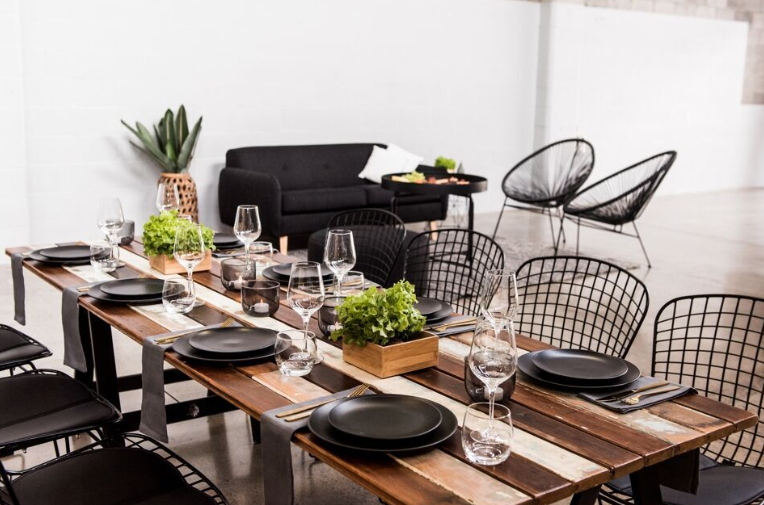Design: Why Build with Recycled Timber
- brandition

- May 12, 2021
- 3 min read
Updated: Feb 18, 2022
With wood lasting a long time, it’s the ideal material for recycling. Not only does it keep our carbon footprint very low it means we can preserve freshly-milled timber for future use. Additionally less materials are sent to landfill or being burned, both of which pollute the environment. And, of course, the best benefit is that reclaimed timber furniture is full of character and raw, rustic charm that only time can provide.
Brandition’s first timber trestle tables were made with recycled timber. VJ boards from demolished Brisbane homes, lovingly repurposed. 6 Years later they are still the most popular hire and purchase item in our range. It is not unusual for 20 or more to be hired each week!
Scroll through to see part of our recycled timber tables and seating collection.
A few more fun facts about timber:
1. Timber is a renewable material
It is known to be one of the most naturally renewable energy sources, which means it will have less of an impact on the environment compared to other materials. Managing forests for timber is a cyclical process that involves the harvest and regeneration of forests on a continuing basis. Every time a tree is harvested up to ten trees are re-established in its place. Australia has around 134 million hectares of forest that cleans our air and supplies our wood.
2. Timber is climate friendly
The world’s climate and its forests are intrinsically linked. Forests are an important component of the global carbon cycle, playing multiple roles in addressing climate change. Australia's production forests and wood product industries store around 22 billion tonnes of carbon and contribute to long term carbon emissions abatement in numerous ways, including:
capturing and storing atmospheric carbon in growing forests
protecting forest carbon stores from damaging wildfires
providing long-term storage of carbon in durable wood products
providing a renewable substitute for much more emissions-intensive building materials, such as steel, aluminium and concrete
replacing carbon-intensive fossil fuel sources such as coal, oil and gas with bioenergy from wood waste and forest thinnings and harvesting residues.
3. It lasts a long time
A wide variety of factors affect how long a wooden product lasts, including the type of wood, the location of the product (interior or exterior environments) and the treatment that has been applied to it. Generally, wood is lightweight, but also strong and durable. When treated correctly, hardwood doors and floors, for instance, can last longer than a lifetime – some over 100 years. The longer wood lasts, the less energy is used on the production of new products, which in turn makes it better for the environment.
4. It is Energy Efficient
The energy consumed in producing timber (known as embodied energy) is very low when compared to other materials that society consumes.It generally requires around 19 times more energy to make a product from steel rather than kiln-dried hardwood; 45 times more to make a plastic product; and 85 times more energy to make a comparable aluminium product.
5. Timber is great to recycle
Being a natural product, timber is inherently versatile and can be readily reused and recycled into a variety of applications. Native timbers are particularly well suited to recycling because of their inherent durability, strength and character.
We are very proud of our recycled creations and we would love for you to share yours. Hash tag your photos on social media with #branditionrecyledinspo so we can take a gander.























Comments